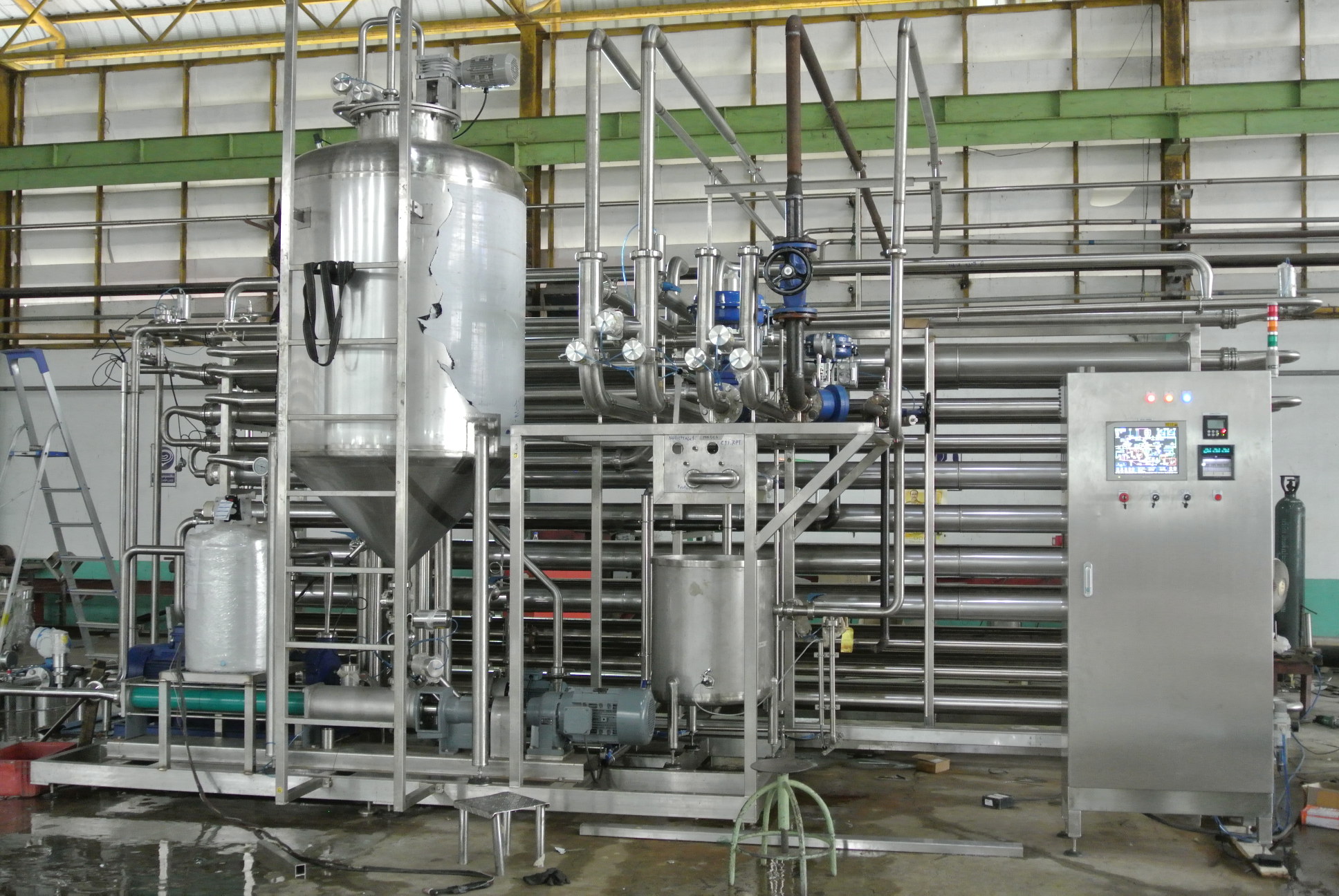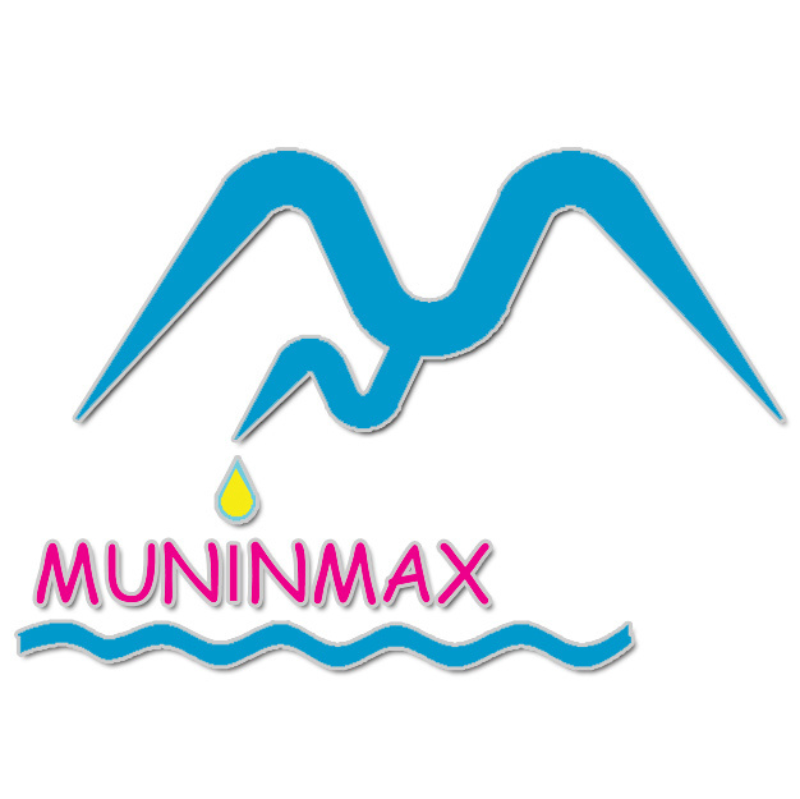
Aseptic Processing In Food and Beverage Industry
Aseptic processing is a technique that thermally, and commercially sterilizes liquid products (normally for food or pharmaceutical products) and packs them into pre-sterilized containers under sterile conditions to manufacture products that are shelf-stable and do not need to be refrigerated(1). There has been an increase in the popularity of foods that contain small, almost undetectable particles- such as fruit and vegetables, soups, baby foods, tomato products, cottage cheese, etc(1).
There are three primary steps for Aseptic Processing(2):
Thermal sterilization of the product
Packaging material’s sterilization
Sterility conservation during the packaging
In order to ensure commercial sterility, aseptic processing facilities are needed to archive the proper documentation of the operations which shows that the commercial sterilization conditions were achieved, and maintained in all facility areas(3). If found that there is any breach of a scheduled process for the processing or packaging system, the affected products must be destroyed, segregated, and withheld for further inspection. Also, the systems must be cleaned and re-sterilized before the operations can resume. The sterilization of the packaging equipment and materials is done with various methods or combinations – such as saturated steam, hydrogen peroxide, heat, superheated system, and other treatments.
Most systems use Ultra-High Temperature (UHT) sterilization for the sterilization of food products before they are packaged.
What is UHT process?
This process is the Ultra Heat Temperature processing for liquid, viscosity, and liquid containing less than 65% particulate products, and then combined with aseptic packaging. The whole process is designed to render the product stabilized during storage at room temperature for up to 12 months. The aim of the UHT process is to produce a commercially sterile product- in which microorganisms and bacteria are unlikely to grow under normal conditions during storage.
UHT, also known as Ultra-Heat Treatment, or Ultra-Pasteurization, sterilizes liquid food by heating them above 275°F (135 °C), which is the temperature necessary to kill the bacterial endospores, for 2 to 5 seconds(4). The first system that has indirect heating with a continuous flow (257 °F or 125°C for 6 min) was invented in 1893. In 1912, a continuous-flow, direct-heating method to mix stream with milk at a temperature of 266 to 284°F was patented. However, as were no commercially available aseptic packaging systems to pack and store the sterilized product, this technology was not useful in itself. This caused further development to be stalled until the 1950s.
Types of UHT Systems
There are two types of heating technologies for the UHT process: direct and indirect.
Direct Heating Systems
In direct heating, the product is put in direct contact with the hot steam. Direct heating systems have the advantage of the product being held at a high temperature for a shorter amount of time which reduces the thermal damage for sensitive products like milk. There are two direct heating systems groups(5):
Infusion-based: this is where the liquid is pumped into a chamber with high-pressure steam at a relatively low concentration through a nozzle. This provides a large surface contact area and the method achieves nearly instant heating, cooling, and even distribution of temperature. This helps avoid the overheating of the local product and makes the method suitable for both low and high-viscosity liquids.
Injection-based: in this method, high-pressure steam is injected into the liquid, allowing fast heating and cooling. However, this method is suitable only for certain products as there is a risk of overheating due to the product being in contact with the hot nozzle.
Indirect Heating Systems
In indirect heating systems, the product is heated by using a solid heat exchange in ways similar to those used for pasteurization. However, due to high temperatures being applied, it is required to use high pressures to prevent boiling. For indirect heating systems, there are three types of exchangers that can be used: 1. Plate exchangers, 2. Tubular exchangers, 3. Scraped-surface exchangers. In order to achieve higher efficiency, pressurized steam or water is used as a medium for heating the exchangers, accompanied by a regeneration unit allowing the reuse of the medium and energy saving.
Where are they used?
UHT method is widely used in the dairy industry all over the world and is also becoming more popular in a wide range of industries- such as juice, fruit pulps, cheese sauce, milk alternatives, and so on. The advantage of the UHT sterilization method is that it allows for faster processing, usually taking only a few seconds, and has better retention of nutritional and sensory characteristics(1).
Nowadays, large manufacturers of juice and/or milk adopt UHT technology- to heat up the liquid to a high temperature and keep it there for a short time. For liquids like fruit juice, beer, and wine, pasteurization can eliminate harmful bacteria and allow enzyme activity to prolong the non-refrigerated shelf life of the products. The short heating time also protects the drinks from loss in nutrition.
Muninmax’s UHT Machines
Muninmax also has sterilization machines suitable for different process lines. As for the UHT machines, here are the criteria for Muninmax’s UHT machine’s thermal design:
There is turbulent flow both on the product side and the heating media side, making the design advantage for the heat-transfer coefficient.
Less Delta-T of the product side & media side is also an advantage for fouling reaction
Product deaeration was made to prevent oxidation and this provides an advantage for Enzyme brownish reaction processing. The product is heated to 55-75 ºC then fed a thin film into a vacuum pressure tank or ventilation tank.
During sterilization, heat processing in the system has to be pressurized sufficiently to prevent it from reaching the boiling point. If the system is leaking, the heating media won’t move so as not to contaminate the product.
A preventative cold spot that causes death air in the system is advantageous for under-sterilization processing
Below is the schematic flow chart of the Tubular UHT tube in the tube for particulate product.

And this is the schematic flow chart for Tubular UHT multi-tube in the tube with Deaerator/Regenerative/ Homogenizer for coconut milk or fat product and other liquid juice product.

MUNINMAX’s UHT machines are used by customers all around the world such as – Giavico Factory in Vietnam or local customers like The Prachuab Fruit Canning Co.Ltd. (PRAFT) in Thailand. Just as mentioned above, MUNINMAX’s UHT can be used to pasteurize both liquid food products (such as fruit and vegetable juice, juice concentrate, energy drink, alcoholic beverage products such as beer, wine, and soft drinks or non-alcoholic beverages), or viscosity food products (such as paste products and sauce products), or even particulate food product in own juice or syrup or other liquid media.
For more information about MUNINMAX’s UHT machines, you can drop an email to us at [email protected] and we will get back to you within 24 hours. You can also visit our website (https://www.muninmax.co.th/) and YouTube (https://www.youtube.com/@MuninmaxThailand) for more information on our product line available.
References
1. 20162017, Fellows P. Food Processing Technology : Principles and Practice (version 4th ed). UCLIBS. [Online] [Cited: January 13, 2023.] http://uclibs.org/PID/288316.
2. Da-Wen, Sun. Handbook of Food Safety Engineering. [http://www.123library.org/book_details/?id=31745.] Oxford : Wiley-Blackwell., 2011.
3. FDA, US. Aseptic Processing and Packaging for the Food Industry. FDA. [Online] July 14, 2005. https://www.fda.gov/inspections-compliance-enforcement-and-criminal-investigations/inspection-guides/aseptic-processing-and-packaging-food-industry.
4. Introduction | Food Science. [www.uoguelph.ca] 2019.
5. UHT Methods. [book auth.] Lisa Duizer. The Dairy Science and Technology eBook.
